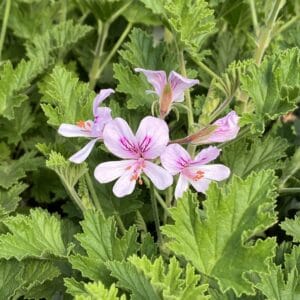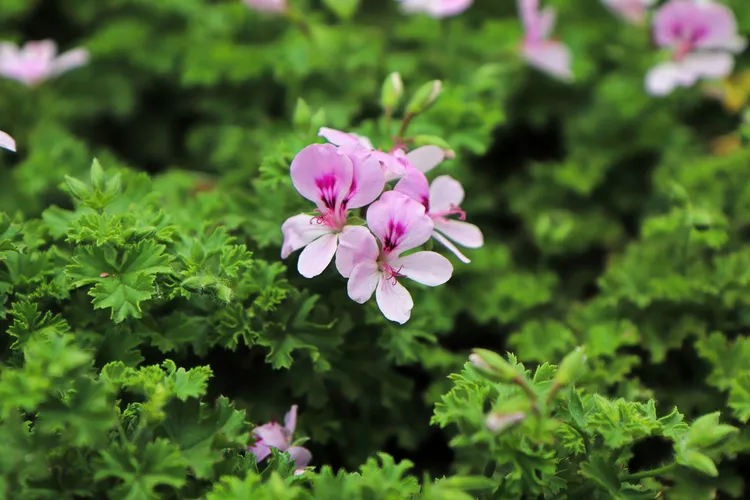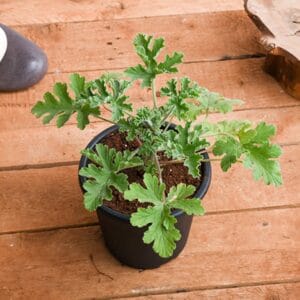How to Grow and Care for Citronella Plant
Introduction
Citronella plants are one of the most popular natural mosquito repellents that also add lush greenery to your home or garden. Known for their refreshing lemony fragrance, citronella plants not only keep mosquitoes away but also make beautiful ornamental plants. Scientifically called Cymbopogon nardus or Pelargonium citrosum (depending on the type), these hardy plants are relatively easy to grow both indoors and outdoors.
Whether you are a beginner or a gardening enthusiast, this guide will walk you through everything you need to know about how to grow and care for citronella plants the right way. From planting tips, soil requirements, sunlight needs, watering schedules to common problems and care tips—we have you covered. By the end of this article, you’ll know exactly how to keep your citronella plant thriving and healthy all year round.
Quick Overview
| Feature | Details |
| Common Name | Citronella Plant, Mosquito Plant |
| Scientific Name | Cymbopogon nardus, Pelargonium citrosum |
| Plant Type | Perennial, Herbaceous |
| Sunlight | Full Sun to Partial Shade |
| Watering | Moderate; Allow topsoil to dry |
| Soil Type | Well-drained, loamy soil |
| Uses | Natural mosquito repellent, ornamental plant |
| USDA Zones | 9-11 (grown indoors in colder zones) |
Citronella Plant Care
Caring for a citronella plant is easy and rewarding, especially for beginners. This fragrant plant thrives in full sunlight, so place it in a bright spot where it gets at least 6 hours of direct sun daily. Use well-draining, fertile soil, and water only when the top inch of soil feels dry—typically once or twice a week. Overwatering can cause root rot, so ensure proper drainage. Fertilize the plant monthly during spring and summer using a balanced liquid fertilizer. Regular pruning helps maintain a compact, bushy shape and promotes fresh growth. Citronella plants also make excellent potted plants, which you can bring indoors during colder months. Keep an eye out for common pests like aphids or whiteflies and treat with organic insecticidal soap if needed. With minimal care, citronella plants reward you with lush greenery and a refreshing lemony aroma, while naturally helping to repel mosquitoes.
Soil
Citronella plants thrive best in well-drained, fertile soil that promotes healthy root development. A loamy soil enriched with organic compost ensures the plant receives essential nutrients while maintaining proper drainage. Ideally, the soil pH should be slightly acidic to neutral, ranging between 6.0 to 7.0. Poorly drained or compacted soils can lead to root rot, so it’s recommended to mix sand or perlite into the potting mix for better aeration. Whether you plant citronella in pots or directly in the ground, ensuring light, nutrient-rich, and airy soil will lead to lush growth and more aromatic, healthy leaves.
LIght
Citronella plants thrive best in bright, direct sunlight. For optimal growth, they need at least 6 to 8 hours of sunlight daily. Outdoors, place them in a sunny spot like patios, balconies, or garden beds. Indoors, keep your citronella plant near a south-facing window where it gets maximum light. Insufficient light can cause leggy growth and fewer fragrant leaves. If growing indoors during winter, you can supplement natural light with a grow light to maintain healthy growth. Remember, the more sunlight your citronella plant gets, the bushier and healthier it will remain with stronger mosquito-repelling properties.

Watering
Proper watering is key to keeping your citronella plant healthy and thriving. Citronella prefers evenly moist soil but does not tolerate waterlogged roots. Water your plant when the top inch of soil feels dry to the touch, usually once or twice a week, depending on the weather. During hot summer months, you may need to water more frequently, while in cooler seasons, reduce watering. Always use well-draining soil and a pot with drainage holes to prevent root rot. Avoid letting the plant sit in standing water. Consistent, moderate watering encourages lush growth and enhances the plant’s natural mosquito-repelling qualities.
Temperature and Humidity
Citronella plants thrive in warm temperatures between 60°F to 90°F (15°C to 32°C). They love a sunny and warm environment and are highly sensitive to cold or frost. If temperatures drop below 50°F (10°C), it’s best to move the plant indoors. Citronella enjoys moderate to high humidity levels, similar to tropical climates. During dry seasons or indoor growing, misting the plant occasionally helps maintain humidity. Avoid exposing the plant to sudden cold drafts or air conditioners indoors. For best growth, keep the plant in a bright spot with consistent warmth and humidity throughout the growing season.
Fertilizer
Citronella plants thrive with regular feeding during the growing season. Use a balanced liquid fertilizer, such as 10-10-10 NPK, once a month in spring and summer to promote healthy growth and fragrant leaves. Avoid over-fertilizing, as too much can cause excessive leaf growth with fewer essential oils. For organic options, compost tea or fish emulsion works well. Always water the plant after applying fertilizer to prevent root burn.

Puning
Pruning is essential to keep your citronella plant healthy, bushy, and attractive. Regular trimming encourages new growth, prevents legginess, and increases the plant’s overall vitality. You should prune the citronella plant every few weeks during the growing season, especially in spring and summer. Cut back overgrown or leggy stems, removing about one-third of the plant at a time. Always use clean, sharp scissors or pruning shears to avoid damaging the plant. Removing dead or yellowing leaves also helps prevent pests and diseases. Bonus tip: you can use healthy stem cuttings from pruning to propagate new citronella plants easily!
how to propagate citronella plant
Citronella plants can be easily propagated through stem cuttings. Simply cut a healthy stem, plant it in moist soil, and keep it in indirect sunlight until roots develop.
- Choose a healthy citronella plant for propagation.
- Select a fresh, green stem about 4-6 inches long.
- Cut the stem just below a leaf node using clean scissors.
- Remove the lower leaves, leaving 2-3 leaves at the top.
- Optional: Dip the cut end into rooting hormone powder.
- Fill a small pot with a well-drained potting mix.
- Plant the stem cutting into the soil about 2 inches deep.
- Water gently to moisten the soil.
- Place the pot in bright, indirect sunlight.
- Roots should develop in 2-3 weeks.
Common Problems & Solutions
| Problem | Cause | Solution |
| Yellow Leaves | Overwatering or poor drainage | Reduce watering, improve soil drainage |
| Wilting Plant | Underwatering or root rot | Check soil moisture, adjust watering |
| Pests (Aphids, Whiteflies) | Warm, humid conditions | Neem oil or insecticidal soap spray |
| Leggy Growth | Lack of sunlight | Move plant to sunnier location |
Benefits of Growing Citronella Plant
- Natural Mosquito Repellent: Helps keep mosquitoes away naturally.
- Aromatic Appeal: Fresh lemon fragrance uplifts mood.
- Easy Maintenance: Low care, beginner-friendly plant.
- Versatile Uses: Can be used in pots, gardens, or patio spaces.
FAQs About Citronella Plant
Q. Can citronella plant survive indoors?
Yes, citronella plants can grow indoors with bright sunlight near a window.
Q. Does citronella plant really repel mosquitoes?
It helps deter mosquitoes, but works best when leaves are crushed to release the oils.
Q. How often should I water citronella plants?
Water when the top inch of soil is dry—typically 1-2 times per week.
Q. Is citronella plant toxic to pets?
Citronella plants may cause mild irritation if ingested by pets—keep out of reach.
Conclusion
Growing a citronella plant is one of the easiest ways to add beauty and functionality to your home. With its mosquito-repelling properties, fresh lemon scent, and minimal care needs, citronella is a perfect addition to both indoor and outdoor spaces. Just remember to provide it with plenty of sunlight, moderate watering, and occasional pruning to keep it healthy.



